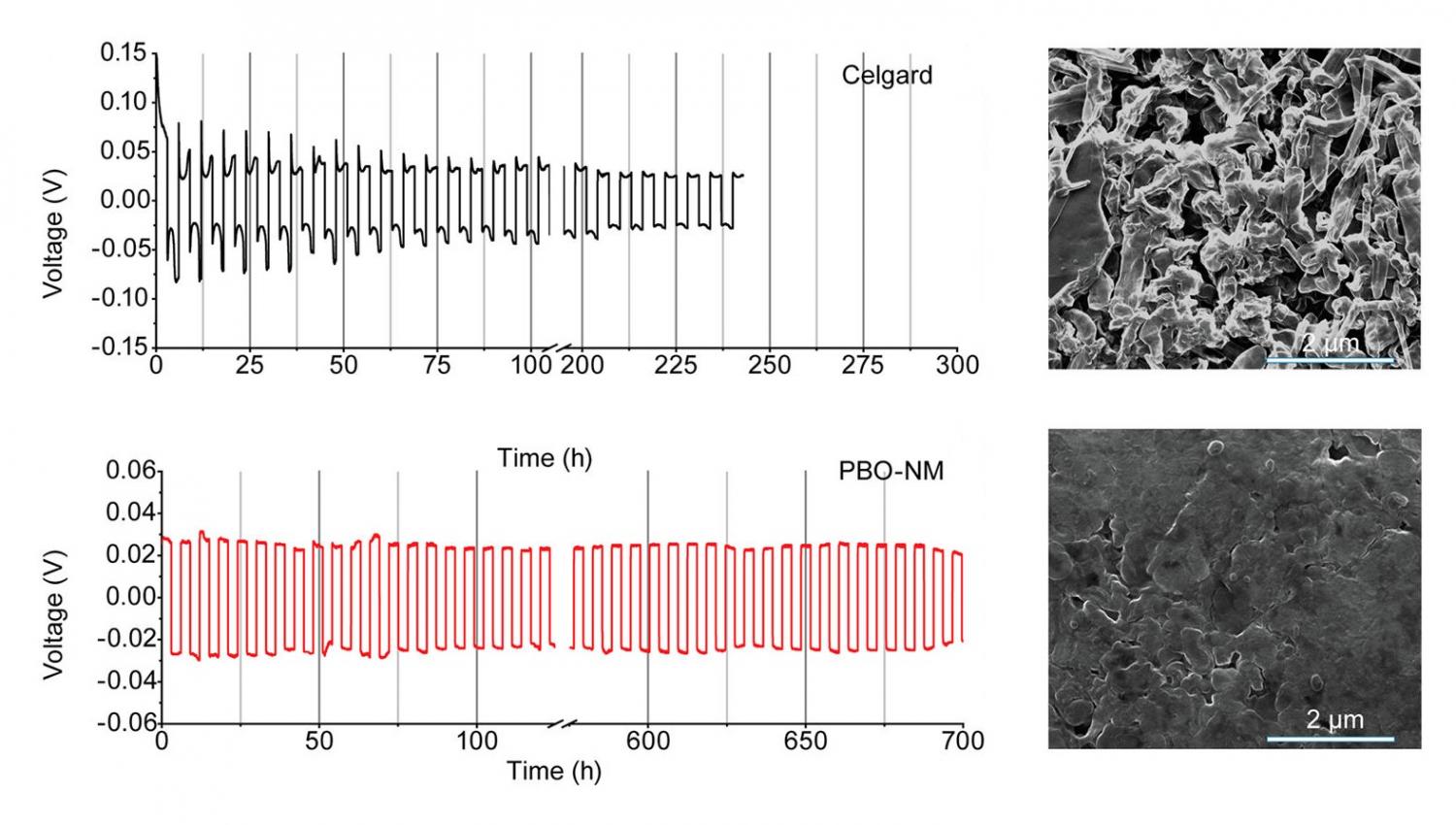Stable solid electrolyte interface (SEI) is highly sought after for lithium metal batteries (LMB) owing to its efficient electrolyte consumption suppression and Li dendrite growth inhibition. The malfunctions are often caused by dendrites, tiny tendril-like formations that build up over time and force through electrode separators, connecting the two sides and igniting highly-flammable electrolyte solutions. Diamonds are a battery's best friend. Thus, a statistically generated, continuous network of flaky dendrites comprising cement. Dendrite Definition Dendrites are projections of a neuron (nerve cell) that receive signals (information) from other neurons. The transfer of information from one neuron to another is achieved through chemical signals and electric impulses, that is, electrochemical signals. Actually, these cells have 2 axons rather than an axon and dendrite. One axon extends centrally toward the spinal cord, the other axon extends toward the skin or muscle. Multipolar neurons have many processes that extend from the cell body. However, each neuron has only one axon (examples: spinal motor neurons, pyramidal neurons, Purkinje cells).

you are here: home > explore > neurons
Types of Neurons (Nerve Cells)
The human body is made up of trillions of cells. Cells of the nervoussystem, called nerve cells or neurons, are specialized tocarry 'messages' through an electrochemical process. The human brain hasapproximately 86 billion neurons. To learn how neurons carry messages,read about the action potential.
Neurons come in many different shapes and sizes. Some of the smallestneurons have cell bodies that are only 4 microns wide. Some of thebiggest neurons have cell bodies that are 100 microns wide. (Rememberthat 1 micron is equal to one thousandth of a millimeter!).
Neurons are similar to other cells in the body because:
- Neurons are surrounded by a cell membrane.
- Neurons have a nucleus that contains genes.
- Neurons contain cytoplasm, mitochondria and other organelles.
- Neurons carry out basic cellular processes such as proteinsynthesis and energy production.
However, neurons differ from other cells in the body because:
- Neurons have specialize cell parts called dendrites and axons. Dendrites bring electrical signals to the cell body and axons take information away from the cell body.
- Neurons communicate with each other through an electrochemicalprocess.
- Neurons contain some specialized structures (for example, synapses)and chemicals (for example, neurotransmitters).
The Neuron
One way to classify neurons is by the number of extensions thatextend from the neuron's cell body (soma).
Bipolar neurons have two processes extending from the cell body (examples: retinal cells,olfactory epithelium cells).
Pseudounipolar cells (example: dorsal root ganglion cells). Actually, these cells have 2 axons rather than an axon and dendrite. One axon extends centrally toward the spinal cord, theother axon extends toward the skin or muscle.
Multipolar neurons have many processes that extend fromthe cell body. However, each neuron has only one axon (examples: spinalmotor neurons, pyramidal neurons, Purkinje cells).
Neurons can also be classified by the direction that they send information.
- Sensory (or afferent) neurons: sendinformation from sensory receptors (e.g., in skin, eyes, nose, tongue,ears) TOWARD the central nervous system.
- Motor (or efferent) neurons: send informationAWAY from the central nervous system to muscles orglands.
- Interneurons: send information between sensoryneurons and motor neurons. Most interneurons are located in the centralnervous system.
Check out the Gallery of Neurons to see some pictures of real neurons or 'Sidewalk Cells' to see photographs of neurons on the street.
| Hear It |
| 'Neuron' | 'Axon' | 'Dendrite' | |
| 'Nissl' | 'Mitochondria' | 'Endoplasmic reticulum' |

There are several differences between axons and dendrites:
| Axons | Dendrites |
|
|
What is inside of a neuron? A neuron has many of the sameorganelles such as mitochondria, cytoplasm and anucleus, as other cells in the body.
- Nucleus - contains genetic material(chromosomes) including information for cell development and synthesis of proteins necessary for cell maintenance and survival. Covered by amembrane.
- Nucleolus - produces ribosomes necessary for translation of genetic information into proteins
- Nissl Bodies - groups of ribosomes usedfor protein synthesis.
- Endoplasmic reticulum (ER) - system of tubesfor transport of materials within cytoplasm. Can have ribosomes (rough ER)or no ribosomes (smooth ER). With ribosomes, the ER is important forprotein synthesis.
- Golgi Apparatus - membrane-bound structure important in packaging peptides and proteins (includingneurotransmitters) into vesicles.
- Microfilaments/Neurotubules - system oftransport for materials within a neuron and may be used for structuralsupport.
- Mitochondria -produce energy to fuel cellular activities.
Did you know? | Neurons are the oldest and longest cells in the body! You have manyof the same neurons for your whole life. Although other cells die and arereplaced, many neurons are never replaced when they die. In fact, youhave fewer neurons when you are old compared to when you are young. Onthe other hand, data published in November 1998 show that in onearea of the brain (the hippocampus), new neuronsCAN grow in adult humans. Neurons can be quite large - in some neurons, such as corticospinalneurons (from motor cortex to spinal cord) or primary afferent neurons(neurons that extend from the skin into the spinal cord and up to thebrain stem), can be several feet long! Happy 121st Birthday to the Golgi apparatus! In 1898, the famousneuroanatomist Camillo Golgi reported his discovery of a ribbon-likeapparatus inside neurons of the cerebellum. This structure now bears hisname as the 'Golgi apparatus.' |
- Take a short review quiz about the parts of a neuron..
- Color a neuron or several neurons online!
- Try the Neuron Review Test. (Requires the Adobe AcrobatReader. Answers to the NeuronReview Test.
- SHOCKWAVE GAME! Build a Neuron - you musthave the Shockwave plug-in for your browser. Get theShockwave plug-in.
Copyright © 1996-2019, Eric H. Chudler All Rights Reserved.
home|search|explore|experiment| questions / answers| contact| links| donate
Dendrite Neuron
newsletter| brain awareness week| Neuroscience in the News| poetry contest| books and articles| postcards| about| privacy| disclaimer| site map
